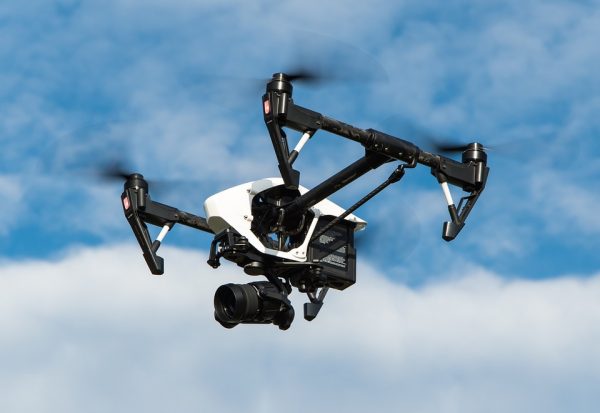

Just got a drone? Mind your FAA registration and insurance coverage!
If your child (or you) own a drone, it would be prudent to take a look at your homeowners’ insurance to see if you’re covered for any mishaps that can occur. In addition, be aware that drones weighing more than half a pound must be registered by their owners with the Federal Aviation Administration (FAA).
REGISTRATION
Q: What is this registration requirement?
A: In the aftermath of hundreds of near-misses with regular aircrafts and other incidents involving drones, the FAA issued a federal rule in Dec. 2015, requiring owners of drones weighing between a half pound and 55 pounds to register their drones. That’s right: half a pound!
- Those who owned a drone before Dec. 21, 2015 must register by Friday, Feb. 19, 2016;
- Those who became the owner of a drone after Dec. 21 must register before their first flight.
Registration comes with a nominal $5 fee. Owners then must possess proof of registration when they operate their drone.
INSURANCE
Q: What about insurance? Am I covered if my child operates the drone?
A: It depends. If the drone was a toy intended and used as a hobby, you need to look to your homeowners’ insurance for any liability claims that could be made against you. Many homeowners’ policies currently would cover your liability if a drone accidentally injures a third party or damages their property. However, this is something you need to verify with your own insurance policy.
Q: What if my drone damages my vehicle?
A: If you, or your child, lose control of the drone and it damages your vehicle, you may have coverage under your auto policy if you selected comprehensive coverage (often subject to a deductible).
Q: What should I be concerned about?
A: Examples of possible accidents include:
- An operator loses control of a drone that falls onto someone. Depending on the weight, distance, and impact, the injury suffered by the person may be more or less severe. It stands to reason that injuries caused by a calling five-pound drone are likely to be more severe than those caused by a half-pound drone. However, your liability is on the line for all cuts, scrapes, concussions, or broken bones.
- The drone falls or flies into someone else’s property, damaging that property (think broken windows or dented vehicles).
- A drone falls onto a driving car, causing the driver to lose control of the vehicle and be involved in an accident.
- Finally, a subject of growing litigation is invasion of privacy. While sometimes starting out as an innocent game or prank, a child uses a camera attached to the drone to photograph or videotape people without their knowledge or consent. The data recorded can be harmful or embarrassing to these individuals, particularly if it is later broadly shared. Be mindful of privacy concerns and talk to your child about these issues. Ask us if invasion of privacy can be covered when inadvertent.
Q: I have a business and intend to use the drone for that purpose. Is that an issue?
A: Not necessarily. However, liability coverage is generally excluded, and you may have to address the exposure as an extension. Ask us if your commercial general liability policy can extend coverage for your drone should it cause bodily injury or property damage, or there also, trigger a claim for invasion of privacy.
FAA DRONE SAFETY GUIDELINES FOR HOBBYISTS
- Don’t fly higher than 400 feet & stay clear of surrounding obstacles.
- Keep the aircraft in sight at all times.
- Avoid flying near people or stadiums.
- Stay away from manned aircraft operations.
- Don’t fly within five miles of an airport unless you contact the airport and control tower before flying.
- Don’t fly an aircraft that weighs more than 55 pounds.
- Use caution when flying your unmanned aircraft.
